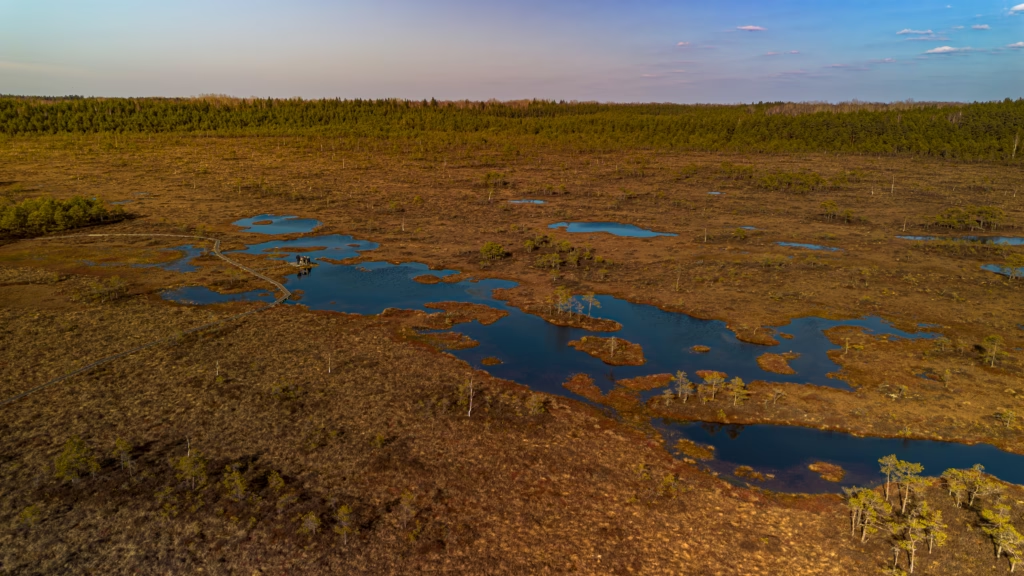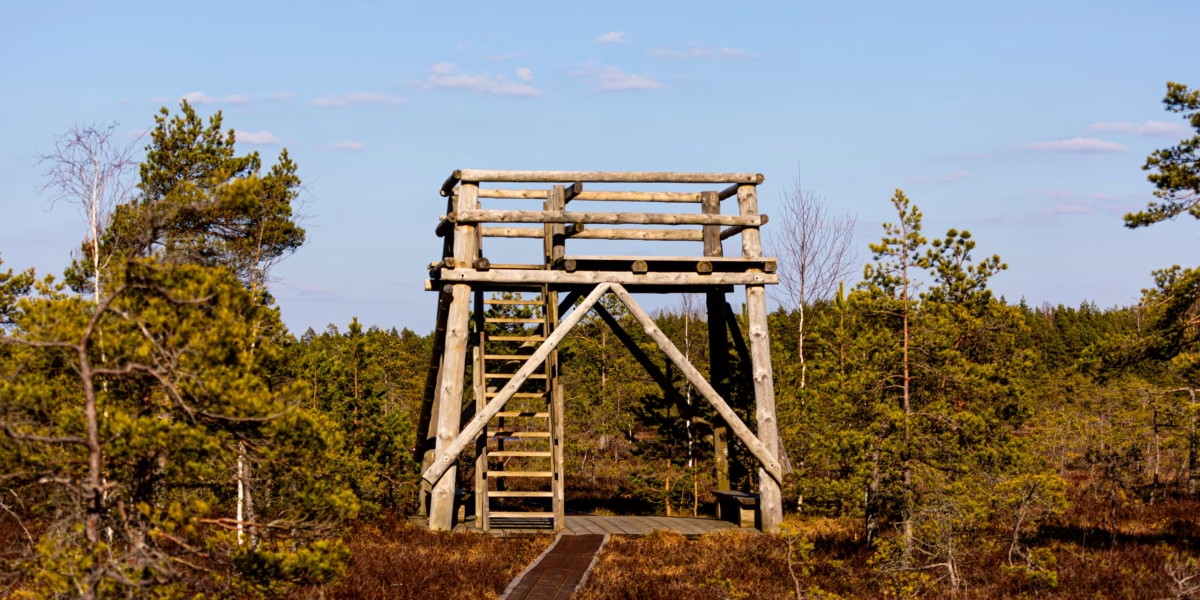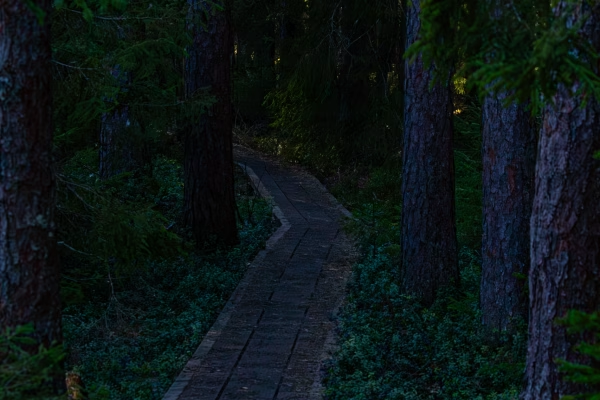This year, I set out to visit Soomaa Rahvuspark with the goal of witnessing its famous “fifth season”—the brief period in early spring when melting snow and heavy rains cause the rivers to overflow, transforming the landscape into a vast, temporary waterworld. It’s a phenomenon unlike any other in Estonia, attracting nature lovers, kayakers, and photographers eager to capture this fleeting wonder.
Unfortunately, I mistimed my trip. By the time I arrived, the waters had already receded, leaving behind damp meadows and the usual serene beauty of the national park. While I missed the dramatic floodwaters that make Soomaa’s fifth season so magical, the park still offered an unforgettable experience.

A Brief History of Soomaa Rahvuspark
Soomaa, which translates to “land of bogs,” was established as a national park in 1993 to protect Estonia’s largest intact peat bogs, wetlands, and floodplain meadows. It spans over 390 square kilometers, covering vast untouched forests and some of the most pristine river landscapes in Northern Europe. The park is home to diverse wildlife, including moose, lynxes, beavers, and even the elusive brown bear.
Historically, local communities have adapted to Soomaa’s unpredictable nature by using traditional dugout canoes called “haabjas” to navigate the floods. This practice continues today, blending tradition with ecotourism as visitors are invited to experience the park’s unique seasonal transformations firsthand.
The Present and Future of Soomaa
Today, Soomaa remains one of Estonia’s most well-preserved and ecologically significant areas. Its designation as a national park ensures strict conservation efforts, allowing wildlife to thrive and wetlands to perform their vital role in carbon storage and water regulation. Climate change, however, poses challenges—altering precipitation patterns and potentially affecting the duration and intensity of the fifth season.
Despite these uncertainties, Soomaa continues to be a paradise for nature enthusiasts. Hiking trails, boardwalks, and canoeing routes provide access to its diverse landscapes year-round. The park also plays an important role in environmental education, offering workshops on traditional crafts and sustainable living.

Still Wonderful, No Matter the Season
Even though I missed the peak of the flood season, my time in Soomaa was far from disappointing. The untouched wilderness, ancient forests, and mirror-like reflections in the slow-moving rivers made for incredible photo opportunities. Misty mornings, the sound of cranes echoing across the wetlands, and the sight of deer emerging from the trees all contributed to an atmosphere of pure tranquility.
For any photographer, Soomaa offers endless inspiration, whether it’s capturing the delicate frost of winter, the vibrant greens of summer, or the golden hues of autumn. The fifth season may be the park’s most famous spectacle, but every visit brings something unique.


Next Year, Better Timing
This year’s trip was a reminder that nature operates on its own schedule. While I missed the high waters, I gained a deeper appreciation for Soomaa’s year-round beauty. Next year, I’ll be watching the forecasts closely, ready to pack my camera and head out at just the right moment.
If you’ve never experienced Soomaa’s fifth season, I highly recommend planning a visit—but even if you miss it, rest assured that this national park will still leave you in awe.
